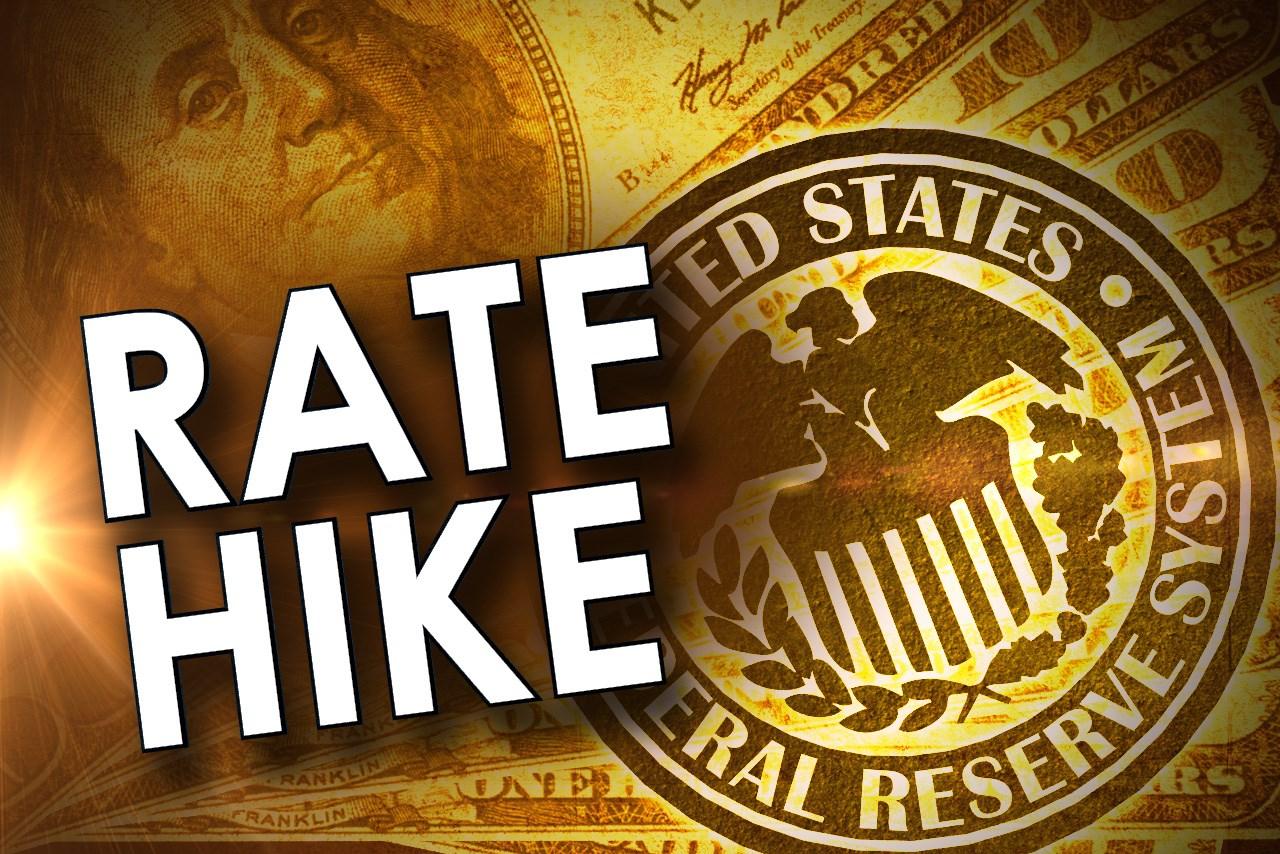Federal Reserve policy makers have abandoned the notion that they can bring the US economy in for the perfect soft landing–when inflation settles at its target, growth throttles back smoothly to trend and monetary policy shifts to neutral. Instead, they’re prepared to step on the brakes.
“Nearly all” Fed officials believe that the central bank will have to restrict the economy by pushing interest rates above their long-run equilibrium level in order to achieve their aims, according to the minutes of their Dec 12-13 meeting released late Wednesday, Bloomberg reported.
“The fed may not have the luxury of a simple monotonic glide path back to equilibrium,” said Lou Crandall, chief economist at Wrightson ICAP LLC in Jersey City, New Jersey. “They’re going to have to objectively tighten monetary policy in order to increase unemployment and stabilize inflation at their target.”
“It’s not pre-ordained, but the risks are higher,” said Michael Feroli, chief US economist for JPMorgan Chase & Co in New York. Striking the right balance may present political risks, too. That challenge will fall to Fed governor Jerome Powell, whom President Donald Trump has picked to replace chairman Janet Yellen when her term ends on Feb 3.
Efforts to slow the economy–to effectively put people out of work so inflation doesn’t run out of control–could run counter to the employment and economic growth goals of the administration.
In a speech in January 2016, New York Fed president William Dudley noted that the economy historically “has always ended up in a full-blown recession” whenever unemployment has risen by more than 0.3 to 0.4 percentage point.
Fed officials forecast that the jobless rate will fall to 3.9% at the end of this year, and then stay there, before inching up to 4% at the close of 2020, according to their median projection. That would still be below November’s 4.1% jobless rate and would be under the 4.6% level they reckon is equivalent to full employment.
The central bank has pushed unemployment so far below the setting it considers sustainable on a long-run basis because of the difficulty it’s had lifting inflation to its 2% goal.
Since the target was adopted in January 2012, inflation has been below the central bank’s objective more than 90% of the time. In November, the personal consumption expenditures price index was 1.8% higher than a year earlier.
So far, the amount of tightening envisaged by US central bankers is not that big. Policy makers expect the federal funds rate to rise to 3.1% at the end of 2020, a bit above their longer-run neutral rate of 2.8%, according to their median forecasts.
The “nearly all” formulation in the minutes, though, does suggest that even some of the more dovish members of the Federal Open Market Committee think they eventually will have to raise rates into restrictive territory.
Fed officials boosted their target range for the funds rate to 1.25% to 1.5% at the December meeting and penciled in three more quarter percentage-point increases for this year.


